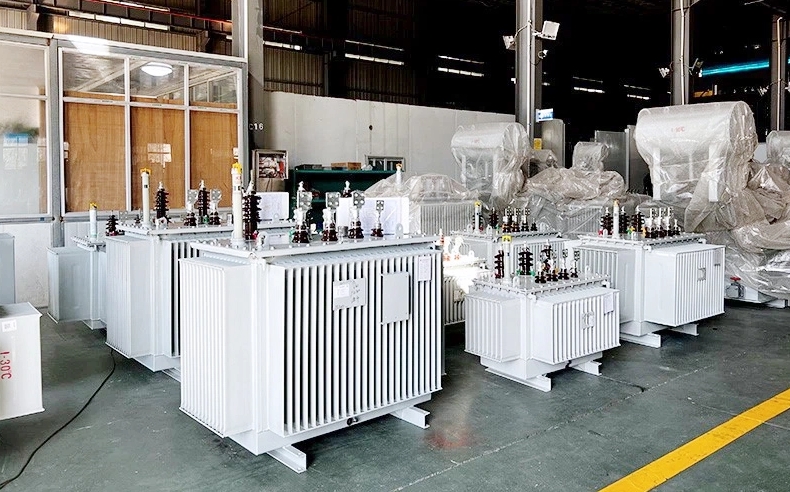
How To Determine The Reasonable Capacity Of The Transformer
Determining the reasonable capacity of a transformer involves evaluating the load requirements, future expansion needs, efficiency, and economic factors. Here's a step-by-step guide:
1. Calculate the Total Load Demand
First, determine the maximum expected load (in kVA or kW) that the transformer will
supply.
For industrial/commercial applications, consider:
- Connected load (sum of all equipment ratings)
- Demand factor (actual usage vs. rated capacity)
- Diversity factor (non-coincident peak loads)
For residential applications, use standard load estimates per household (e.g., 3–5
kVA per unit).
Formula:
Total Load (kVA) = Total Power (kW) / Power Factor (PF)
(Typical PF = 0.8–0.95; if unknown, use 0.85 for estimation.)
2. Consider Future Expansion
Add 20–30% extra capacity for future load growth.
For industries, consider planned machinery additions.
3. Check Standard Transformer Ratings
Transformers come in standard sizes (e.g., 25 kVA, 50 kVA, 100 kVA, 250 kVA, 500
kVA, 1000 kVA).
Select the next higher standard rating than your calculated load.
Example: If the load is 85 kVA, choose a 100 kVA transformer.
4. Evaluate Load Characteristics
Continuous vs. Intermittent Loads:
If loads are temporary (e.g., motors with high starting current), a slightly smaller
transformer may suffice.
Peak vs. Average Load:
If peak load is short-duration, a lower-rated transformer with overload capability
may work.
5. Check Efficiency & Losses
Transformers operate most efficiently at 50–75% load.
Avoid underloading (<30%) or overloading (>90%) for long durations.
6. Economic Considerations
Larger transformers have higher initial costs but lower losses.
Perform a cost-benefit analysis (TOC – Total Owning Cost) considering:
- Initial purchase price
- No-load (core) losses
- Load (copper) losses
- Electricity tariff
7. Environmental & Cooling Considerations
Oil-cooled transformers are suitable for outdoor use.
Dry-type transformers are used indoors (lower fire risk).
Ensure proper ventilation for cooling.
